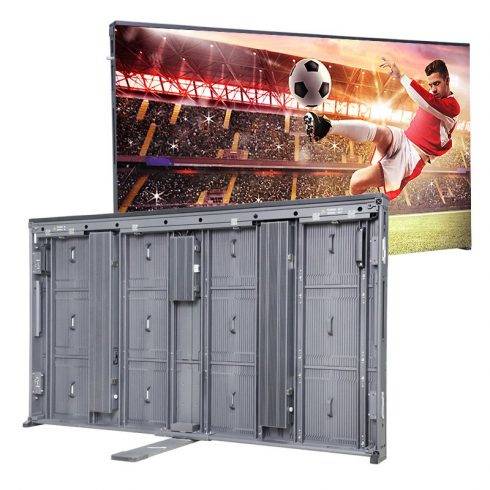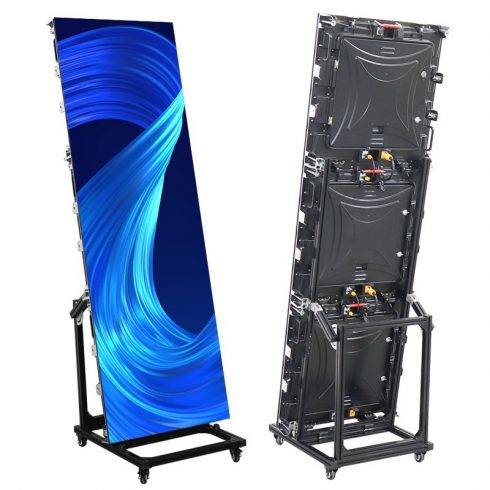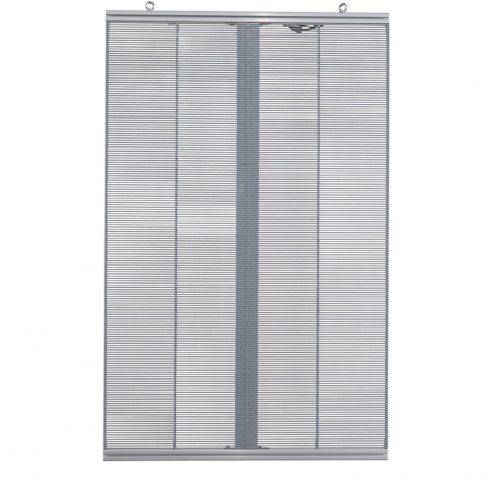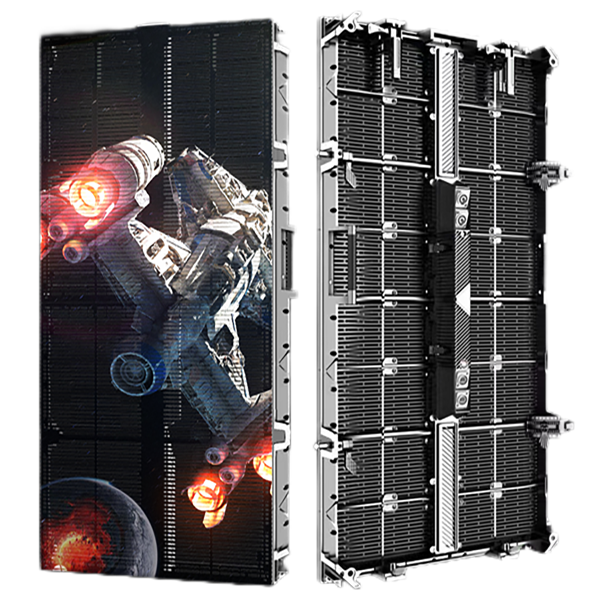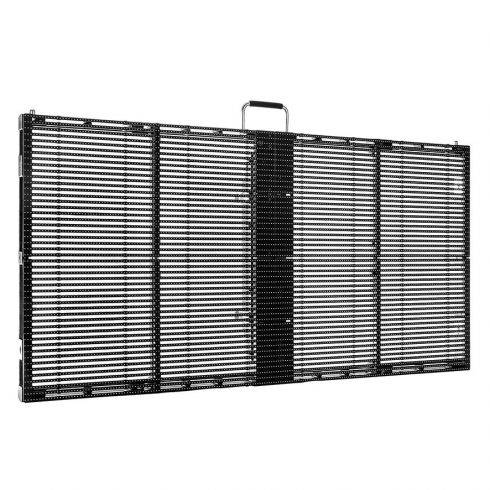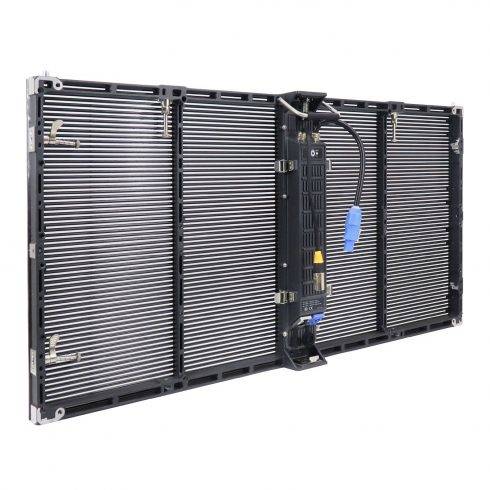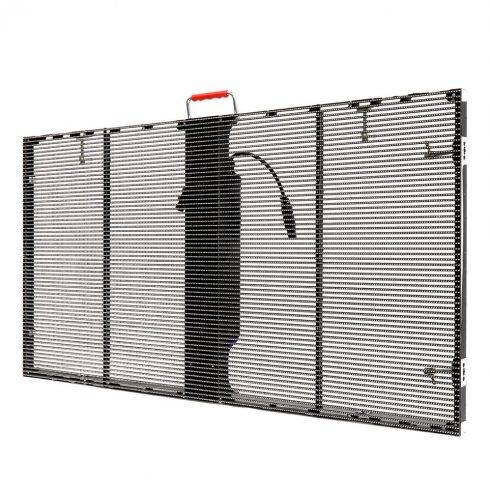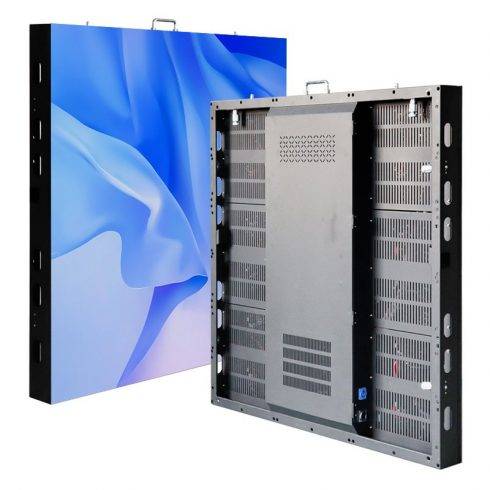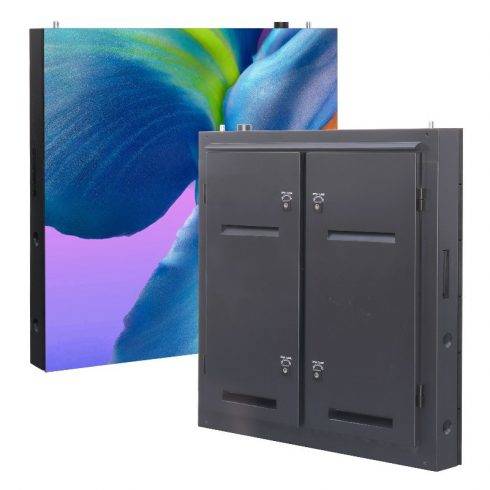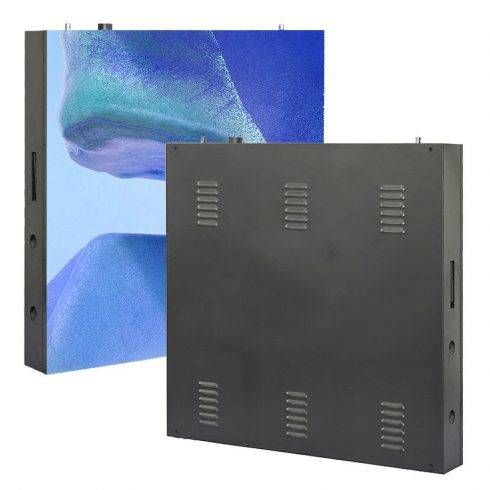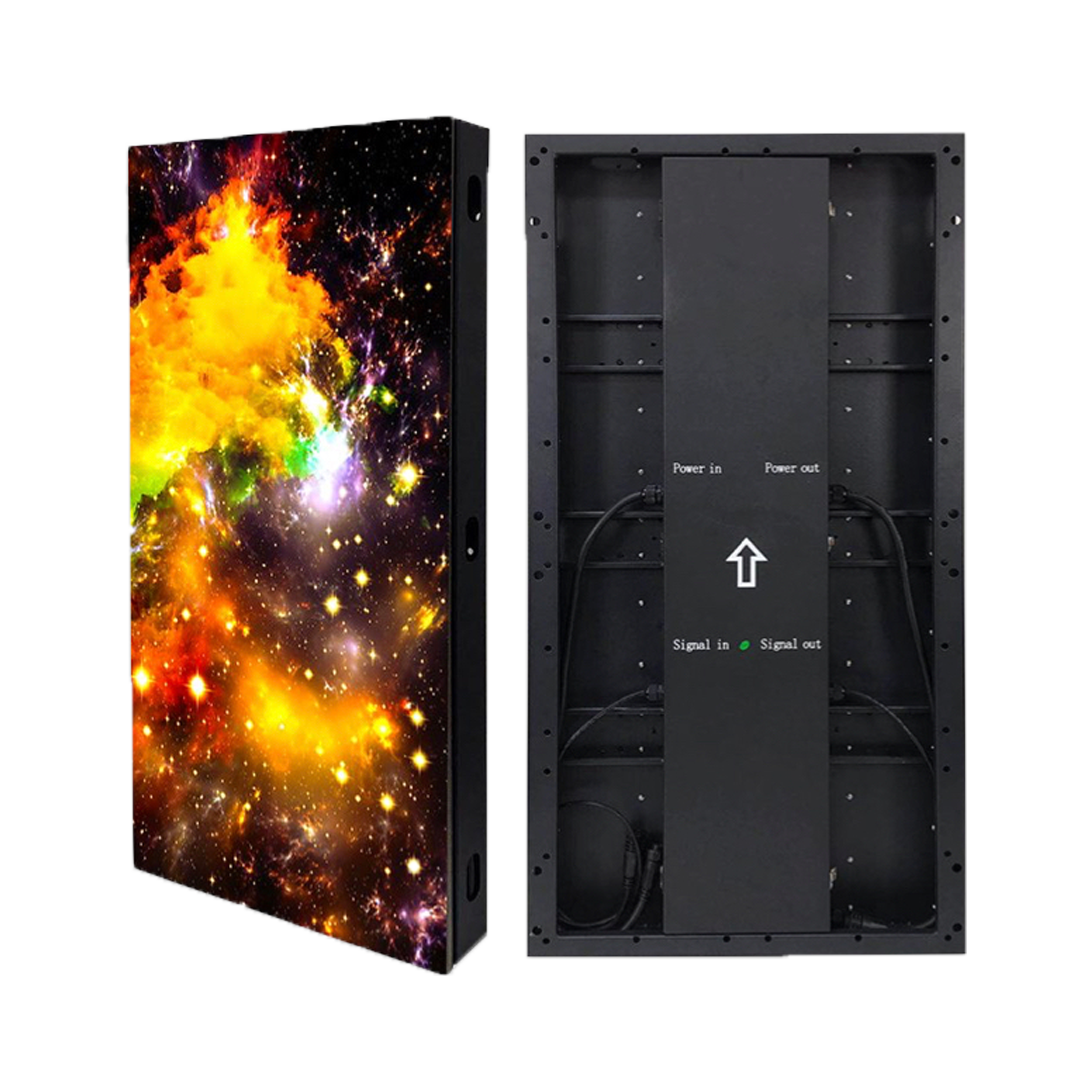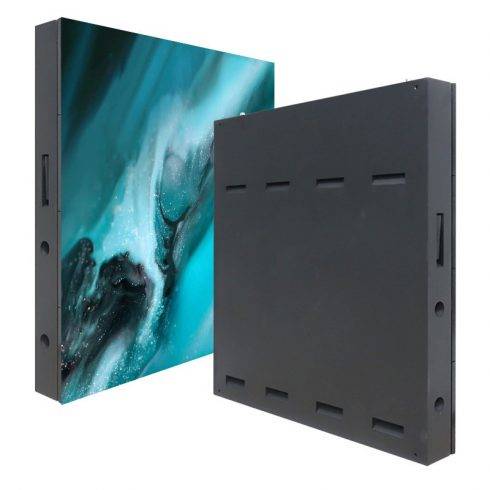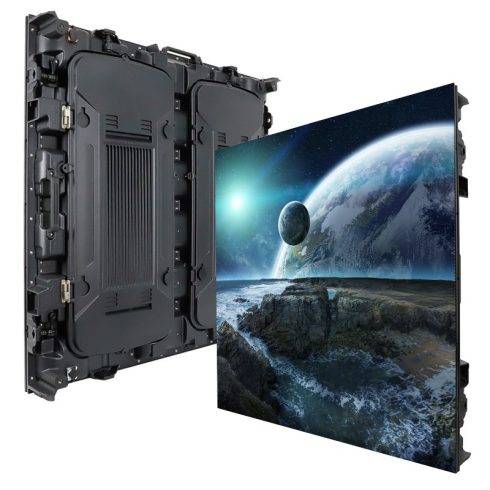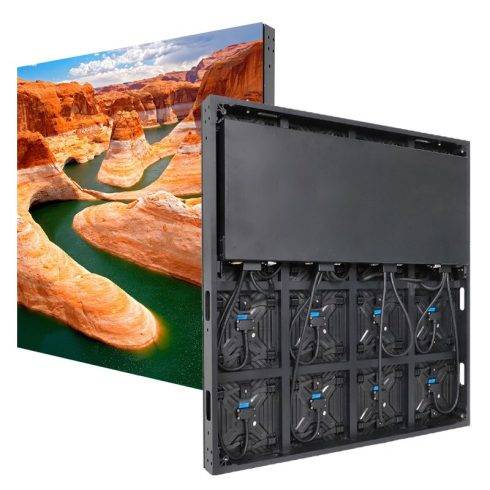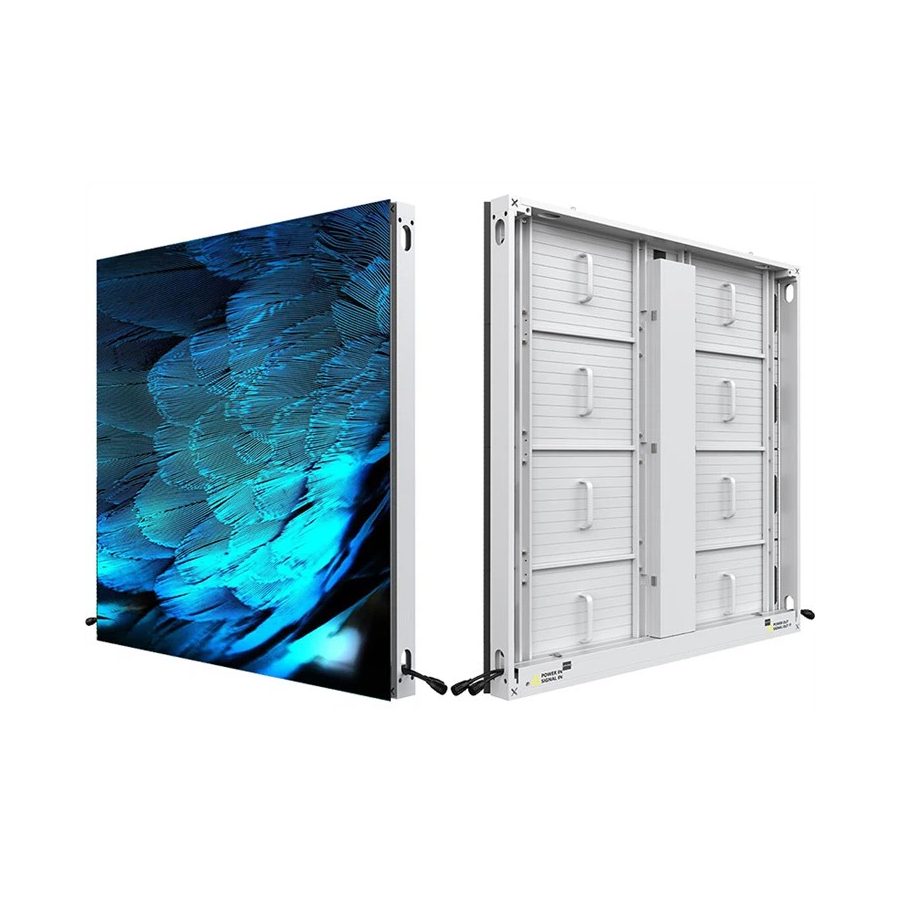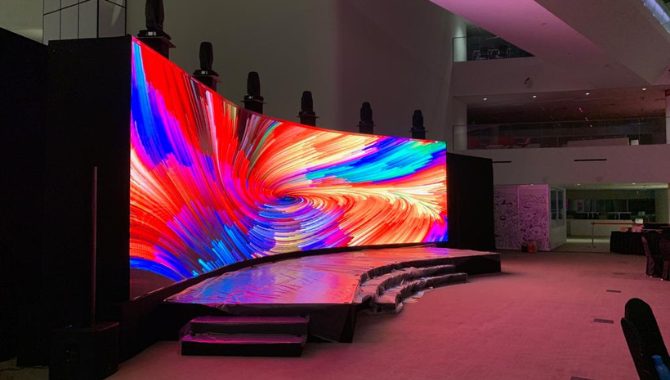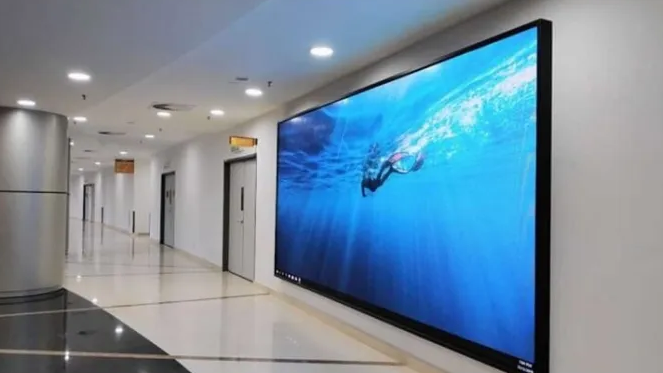Light Emitting Diodes (LEDs) have revolutionized the lighting and display industry, becoming integral components in electronic systems due to their efficiency, longevity, and versatility. As LED technology continues to advance, the quality and reliability of LED unit boards become increasingly critical, particularly for high-performance applications like digital displays, lighting panels, and signal indicators. The detection and testing methods for LED unit boards play a pivotal role in ensuring their quality and performance. This essay will explore the most common detection methods used in the industry, their working principles, and their significance in maintaining the optimal performance of LED unit boards.
1. Visual Inspection
Visual inspection is one of the simplest and most direct methods for evaluating LED unit boards. It involves a detailed examination of the board’s components, solder joints, and surface quality. The purpose of visual inspection is to identify visible defects such as cracks, discoloration, or incorrect component placement. This method is often carried out manually by trained inspectors or automated using machine vision systems equipped with cameras and image processing algorithms.
- Manual Visual Inspection: This involves skilled technicians examining the board under magnification tools, like microscopes, to detect soldering defects, missing or misplaced components, and mechanical damages. While effective, it can be time-consuming and is prone to human error.
- Automated Optical Inspection (AOI): AOI systems use high-resolution cameras and sophisticated software to capture images of the LED board and compare them against predefined standards. Automated systems can detect flaws such as incorrect component orientation, solder bridging, and even subtle cracks that are challenging to spot manually. AOI is particularly advantageous due to its speed and ability to perform consistent inspections.
2. Electrical Testing
Electrical testing is essential to validate the functionality and performance of the LED unit boards. This method involves measuring various electrical parameters like voltage, current, and resistance across the LED circuits. There are several types of electrical testing methods commonly employed in the industry:
- Continuity Testing: This test ensures that there are no open circuits within the LED unit board. A current is passed through specific paths in the circuit, and if there is no continuity, it indicates a break in the circuit. This method is straightforward and can quickly identify issues in solder joints and traces.
- In-Circuit Testing (ICT): ICT uses a bed of nails test fixture to make contact with different points on the LED unit board. It measures electrical characteristics like resistance and capacitance at each test point to confirm that each component is correctly placed and functioning. ICT is highly accurate but can be complex to set up and is typically used for large-scale production testing.
- Functional Testing: In this test, the LED unit board is powered up, and its actual operation is evaluated under various conditions. The goal is to verify that the LEDs light up correctly and that all functionalities work as intended. Functional testing is often the final quality check before shipping, ensuring that the board meets its design specifications.
3. Thermal Imaging and Analysis
Thermal imaging is a critical method for detecting heat-related issues in LED unit boards. Since LEDs can generate significant heat, especially at high power levels, ensuring effective thermal management is crucial. Excessive heat can lead to premature degradation of LEDs, color shifts, and reduced efficiency. Thermal imaging is performed using infrared cameras that capture temperature profiles of the LED unit board during operation.
- Thermal Profile Testing: By analyzing the thermal profile, engineers can identify hotspots, uneven temperature distribution, or inadequate heat dissipation mechanisms. This method is non-contact, allowing for safe and rapid testing without interfering with the board’s operation.
- Thermal Cycling Tests: In this test, the LED unit board is subjected to varying temperatures to simulate real-world operating conditions. Thermal cycling helps detect potential issues like thermal fatigue, solder joint cracking, or component warping, which might not be apparent under normal temperature conditions.
4. Luminance and Chromaticity Testing
Luminance and chromaticity testing are specialized methods used to evaluate the optical performance of LEDs. These tests ensure that the LED unit boards produce consistent brightness and color output, which is particularly important for display and lighting applications.
- Luminance Measurement: Luminance, or brightness, is measured using photometers or light meters. Each LED on the board is tested to verify that it meets the required brightness level. Variations in luminance can indicate issues like mismatched LEDs, insufficient drive current, or optical obstructions.
- Chromaticity Analysis: Chromaticity refers to the color characteristics of light emitted by LEDs. It is typically measured using colorimeters or spectrometers. The test ensures that all LEDs on a board produce a uniform color within a specified tolerance. This is crucial for LED displays where color uniformity is essential for visual appeal and readability.
5. Environmental Stress Testing
LED unit boards are often used in harsh environments where they may be exposed to extreme temperatures, humidity, vibrations, and other stress factors. Environmental stress testing is performed to evaluate the board’s robustness and reliability under such conditions.
- Temperature and Humidity Testing: This involves subjecting the LED board to extreme temperatures and humidity levels to assess its resilience. It helps in identifying potential issues like component corrosion, moisture ingress, or changes in electrical properties due to temperature fluctuations.
- Vibration and Shock Testing: Vibration and shock tests simulate the mechanical stresses that the LED unit board might experience during transportation or in operational environments. Such testing ensures that the components remain securely attached and that there are no structural weaknesses.
6. Electrostatic Discharge (ESD) Testing
LED unit boards are sensitive to electrostatic discharge (ESD), which can damage delicate components or degrade their performance. ESD testing is conducted to assess the board’s susceptibility to electrostatic events. The test simulates static electricity that the board might encounter during handling or operation.
- Contact Discharge Testing: This test directly applies a known ESD voltage to specific points on the board to determine its resistance to static discharge.
- Air Discharge Testing: In this test, ESD is introduced without direct contact, simulating the effect of static buildup in the surrounding environment.
7. Burn-In Testing
Burn-in testing is a method used to accelerate the aging process of LED unit boards. The boards are operated under elevated stress conditions (such as high voltage or temperature) for an extended period. This test helps identify latent defects that might not be apparent during standard testing procedures. Burn-in testing is especially useful for identifying components with early life failures, thereby ensuring that only robust, high-quality boards reach the end-user.
Conclusion
In conclusion, various detection methods are employed to evaluate the quality and performance of LED unit boards, ranging from basic visual inspections to sophisticated electrical and environmental testing. The choice of method depends on factors such as production scale, application requirements, and cost considerations. A comprehensive testing strategy that combines multiple methods is often the best approach to ensure that LED unit boards meet stringent quality and reliability standards. As technology advances, new testing techniques will continue to evolve, further enhancing the ability to produce high-quality LED unit boards that excel in diverse applications.







